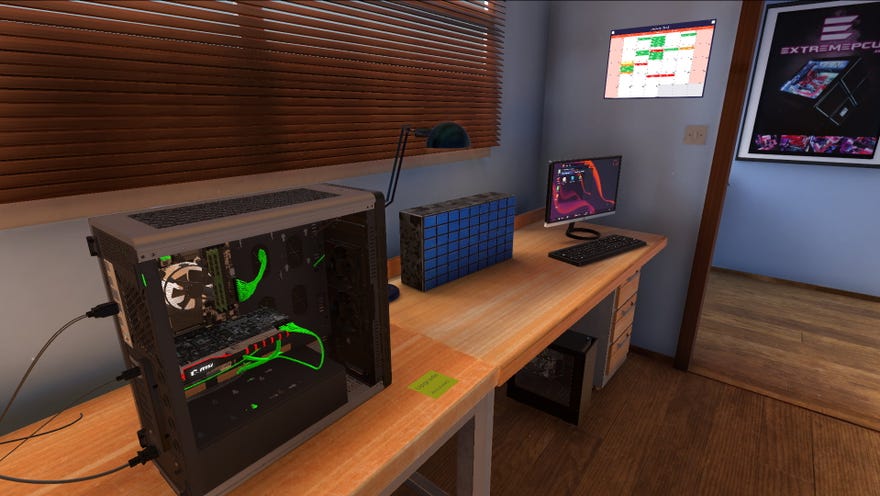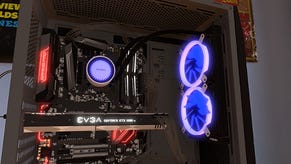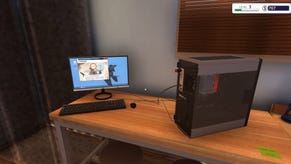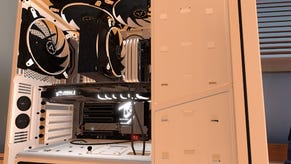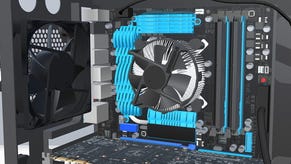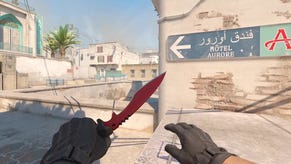PC Building Simulator passes POST to launch
BEEP!
The thrills and chills--but not the bloodspills--of building a PC are now simulated in PC Building Simulator, a pleasingly self-descriptive name if I've ever heard one. Following a free prototype then a stretch in early access, PC Building Sim launched in full yesterday. If you're curious about rummaging in a PC's guts, this is a good way in. In sandbox and career modes, pick components (including many licensed from big names in hardware), slap 'em in, wire it up, add garish lights, boot it up, and even run 3DMark to test your honking rig's muscle. It's pretty neat.
"It may not be wholly realistic at times, but as an introduction to PC building, I'd say it lays a pretty solid foundation," our Katharine said when she played the early access version in April 2018.
If you've not built a PC before, oh, it is good fun - if intimidating and horrible and terrifying at first, trusting your idiot hands not to snap, crack, or fry expensive components. PC Building Simulator can't teach you how much force is safe to apply when attaching a heatsink to a CPU but it can teach you where a CPU goes, and even knowing which circuit board does what gives a lot of confidence.
Not that PCBusim is only for people who haven't built a PC before. Along with a tutorial and sandbox mode, it has a career mode where we have to run a PC shop, building, upgrading, and repairing systems while trying to turn a profit.
Version 1.0 has brought a load of new licensed parts, including Nvidia graphics cards. That's a big get there. See the patch notes for more on UI changes and other features in the launch update.
PC Building Simulator is out now on Steam for £13.49/€17.99/$17.99, which includes a 10% launch discount. It's made by Claudiu Kiss and published by The Irregular Corporation. For the real boxbuild experience, be sure to click away wearing gloves containing at least three sharp pins or circuit board fragments, plus one mystery leftover screw.
